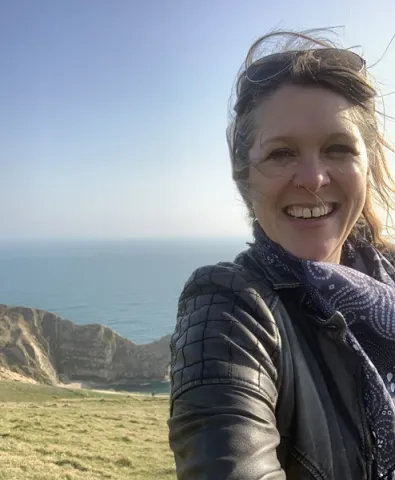Project overview
From the Mesolithic to the Medieval, the monumental stone circle at Avebury has been meaningful for people who lived and died here. But there were times when the monuments and landscape at Avebury were neglected, and trees reclaimed the mounds and ditches—in particular, the middle Neolithic, Later Bronze Age, and Late Iron Age/Roman. Why?
We seek to understand more about periods when the meanings of these monuments were forgotten: why the sacred power of Avebury to structure action in the Kennet valley became lost to memory, a ruined, haunted place which exercised a taboo on later populations; or whether there was spiritual engagement that has been overlooked, as scholarship has focused on the standing prehistoric monuments.
This project will gather new data by trial-trenching an Iron Age/Roman sanctuary associated with a springhead. This feature may be the first evidence of Iron Age/Roman religious activity directly associated with a natural feature in the Avebury landscape. Some Iron Age/Roman temples were dedicated to chthonic deities linked to hero/ancestor worship: the Avebury landscape is imbued with the ancestral. The concept of ‘haunting’ may be useful here: in abandonment, the meaning of a place becomes lost. By acquiring meaninglessness, places become threatening: forgotten places are potential sites of haunting. Careful forgetting or continuing memory work counters this: perhaps this sanctuary is connected with the appeasement of dangerous spirits.
We seek to understand more about periods when the meanings of these monuments were forgotten: why the sacred power of Avebury to structure action in the Kennet valley became lost to memory, a ruined, haunted place which exercised a taboo on later populations; or whether there was spiritual engagement that has been overlooked, as scholarship has focused on the standing prehistoric monuments.
This project will gather new data by trial-trenching an Iron Age/Roman sanctuary associated with a springhead. This feature may be the first evidence of Iron Age/Roman religious activity directly associated with a natural feature in the Avebury landscape. Some Iron Age/Roman temples were dedicated to chthonic deities linked to hero/ancestor worship: the Avebury landscape is imbued with the ancestral. The concept of ‘haunting’ may be useful here: in abandonment, the meaning of a place becomes lost. By acquiring meaninglessness, places become threatening: forgotten places are potential sites of haunting. Careful forgetting or continuing memory work counters this: perhaps this sanctuary is connected with the appeasement of dangerous spirits.
